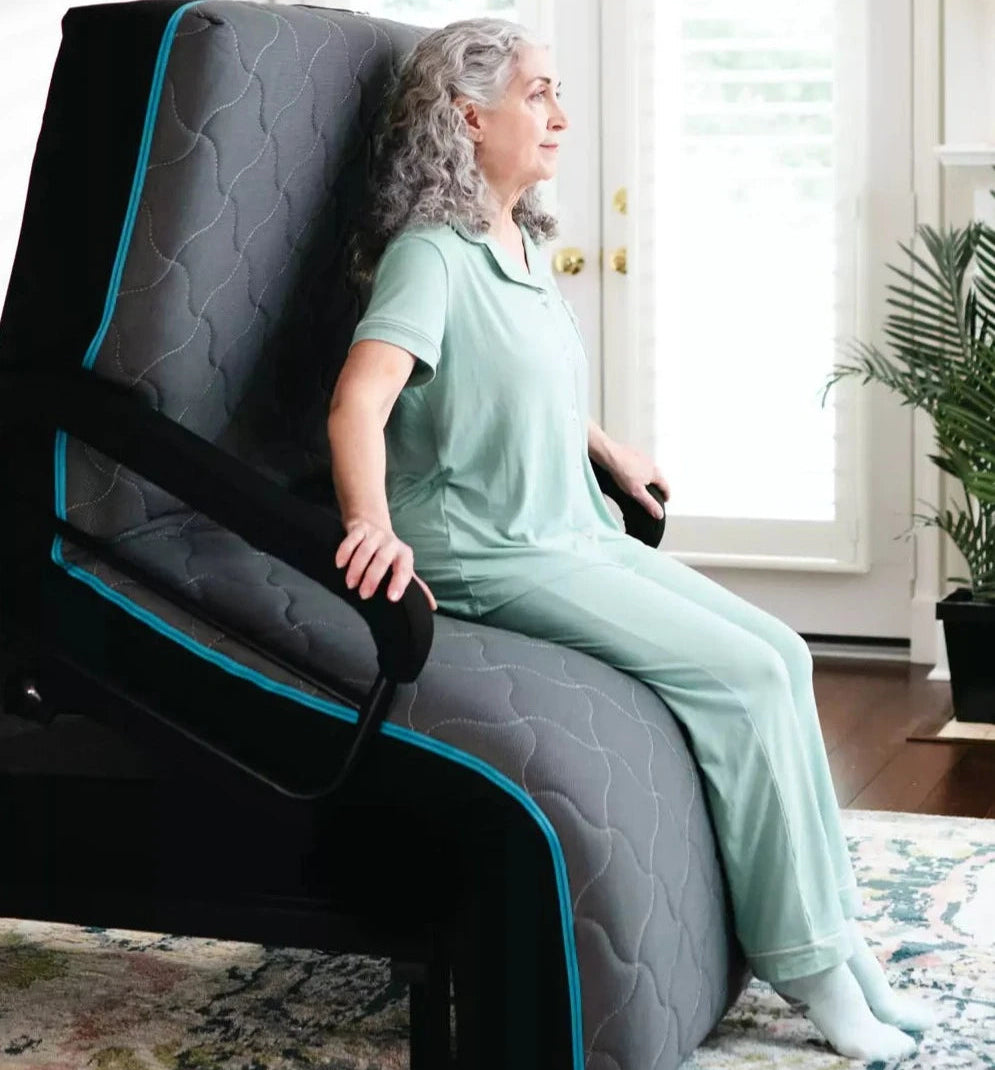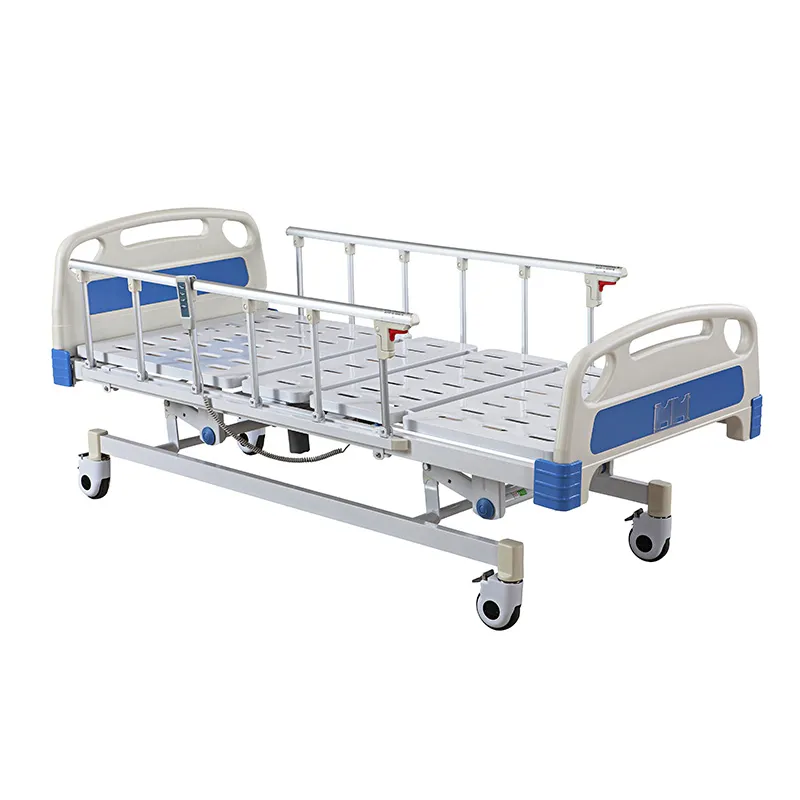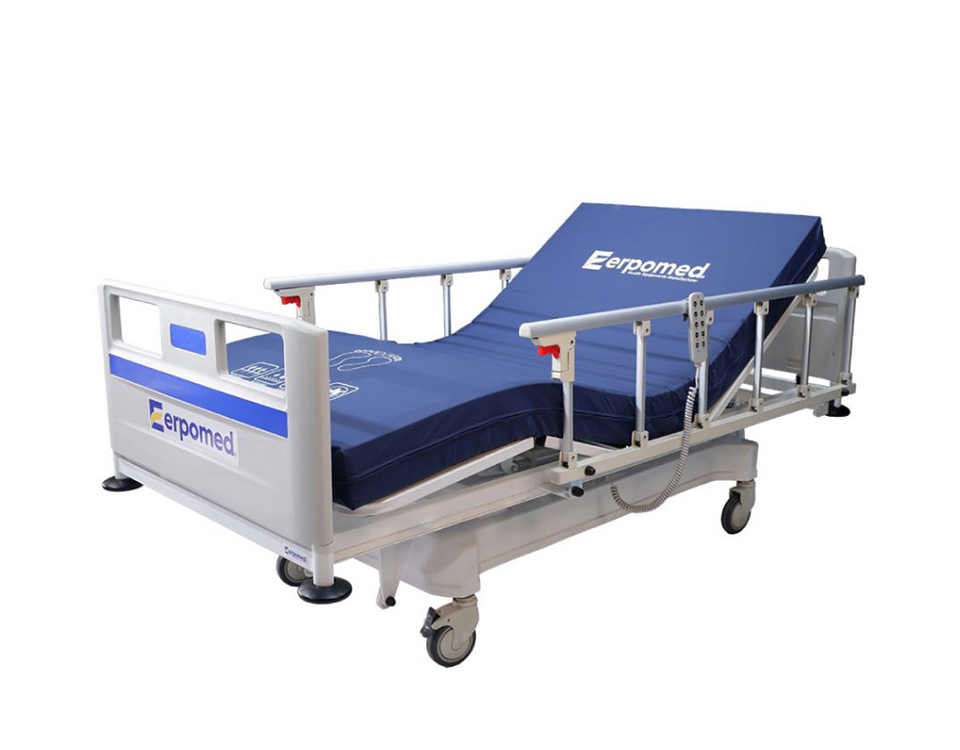The Definitive Guide to Hospital Beds For Home Use
The Definitive Guide to Hospital Beds For Home Use
Blog Article
Hospital Beds For Home Use Can Be Fun For Anyone
Table of ContentsHospital Beds For Home Use Fundamentals ExplainedHospital Beds For Home Use - TruthsThe 7-Second Trick For Hospital Beds For Home UseHospital Beds For Home Use for Beginners8 Easy Facts About Hospital Beds For Home Use ExplainedThe 6-Minute Rule for Hospital Beds For Home UseA Biased View of Hospital Beds For Home Use
There are three primary kinds of health center beds: manual, semi-electric, and fully-electric. These beds make use of hand cranks to readjust the bed's height and increase and decrease the head and the foot.
Semi-electric beds have an electric motor to raise and reduce the head and foot parts of the bed (hospital beds for home use). Full-electric beds have an electrical motor that can raise the head and foot areas of the bed as well as the entire elevation and positioning of the bed.
The 45-Second Trick For Hospital Beds For Home Use
There are numerous kinds of health center beds, each developed to meet specific individual requirements. Here are some typical kinds: This is the most usual kind of healthcare facility bed, designed for general clinical use.
Reduced to the ground than a standard bed. This kind of bed is made for larger individuals, with a broader framework and greater weight ability than a basic bed. This type of bed is developed especially for kids, with smaller sized sizes than a typical bed. Special attributes such as full size side rails and animation design.
This type of bed is developed for seriously ill clients that call for open tracking and specialized clinical tools such as ventilators and mixture pumps. This kind of bed is designed for use throughout labor and delivery, with flexible settings and functions to sustain the mother and infant throughout the birth process.
Hospital Beds For Home Use for Beginners
Several function and the devices execute expanding grip to different components of the vertebra and the extremities without relocating the human body. These are simply a couple of instances of the types of health center beds readily available. The specific kind of bed utilized will certainly depend on the client's problem, medical demands, and other factors.
Below is the point you require to know. A one-function hospital bed is a clinical bed that allows a person to relocate just the head or foot area up or down. A 2 function health center bed commonly refers to a sort of clinical bed that has two flexible features to help clients in hospitals or care centers.

Hospital Beds For Home Use for Dummies
A 7-function ICU bed is a kind of clinical bed that offers a number of flexible features to sustain critically unwell people in a critical care unit (ICU) (hospital beds for home use). The 7 functions generally include: Backrest adjustment: The backrest can be adapted to different angles to help the individual rest up or rest conveniently
Elevation change: The bed can be increased or reduced to make it simpler for clients to obtain in and out of bed, and for caretakers to give treatment. Trendelenburg position: The whole bed can be slanted to promote blood flow and flow in the body. Reverse Trendelenburg position: The bed can additionally be slanted in the contrary instructions to promote blood flow and blood circulation in the top body.
1. What Dimension is a Medical Facility Bed? 2. Just how much Does a Medical Facility Bed Expense? 3. Why Do Healthcare Facility Beds Have Side Bed Rails? 4. What Are The Main Hospital Bed Parts?. While more inexpensive than electric designs, these beds require physical initiative for changes. The major benefits of hands-on beds are their cost and reliability, as they do not depend on electrical energy. The need for manual initiative can be a constraint in circumstances where fast adjustments are essential or where caretakers deal with physical difficulties.
Not known Facts About Hospital Beds For Home Use
They are appropriate for clients that require minimal repositioning like this for comfort or clinical demands. Semi-electric medical facility beds offer a balance of handbook and electrical controls. The head and foot areas are generally adjusted with electrical controls, while the height is changed manually. These beds provide a perfect happy medium in between handbook and fully electrical options, using simplicity of use without the complete cost of electrical designs.
Semi-electric beds are well-suited for clients who need moderate changes to the head and foot areas however can handle without constant elevation modifications. This makes them an affordable solution for those looking for comfort and comfort without the need for continuous repositioning. Fully electric medical facility beds include a fantastic read electrical controls for smooth changes to the height, head, and foot areas.
Specialized health center beds, such as ICU beds, lasting treatment beds, and bariatric beds, are carefully made to address details medical demands. These beds use customized take care of varied person groups, improving both results and convenience. In the adhering to sections, we will certainly discover the main kinds of specialty healthcare facility beds, detailing their particular benefits and applications.
With years of experience in making electric direct actuators - hospital beds for home use and close partnership with the healthcare market, TiMOTION is well-positioned to offer trusted health care solutions. Our vertically incorporated company handles every step of the manufacturing procedure, from design to actuator setting up, ensuring we supply phenomenal value and tailored options customized to your particular needs
Get This Report on Hospital Beds For Home Use

For more information concerning integrating these modern technologies into your products, contact us today. Additional analysis:.
Data is sourced from the Medicare Expense Record. Accessed January 2025. Temporary acute treatment hospitals have the highest ordinary number of beds at 187. They are the most usual type of hospital in the united state and compose greater than 50% of U.S. medical facilities. Kid's hospitals have 178 beds typically and VA hospitals average 175 beds.

Hospital Beds For Home Use for Beginners
A hospital useful site bed is a bed designed especially for clinical purposes. It is not only a location for people to rest, but additionally a platform for clinical operations. Unlike ordinary home beds, hospital beds typically have flexible attributes, which can help with medical team to make different modifications according to the demands of people, such as altering the height, disposition, and support angle of the back and legs of the bed.
Report this page